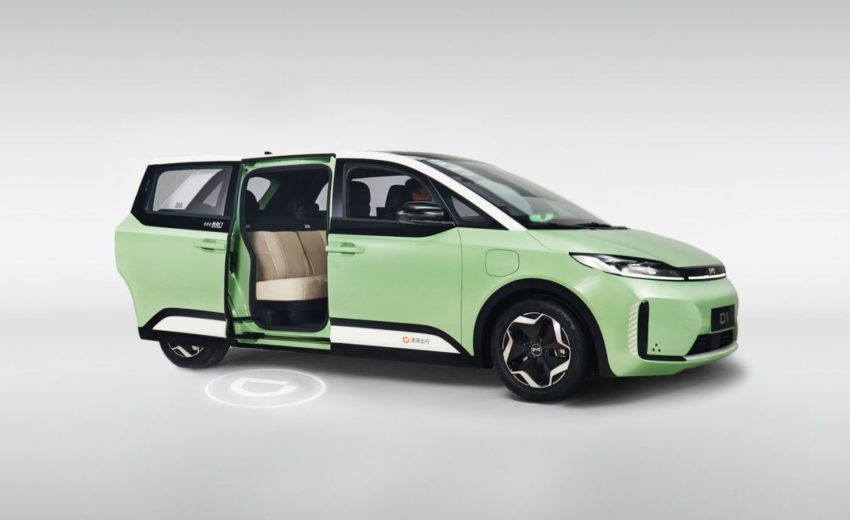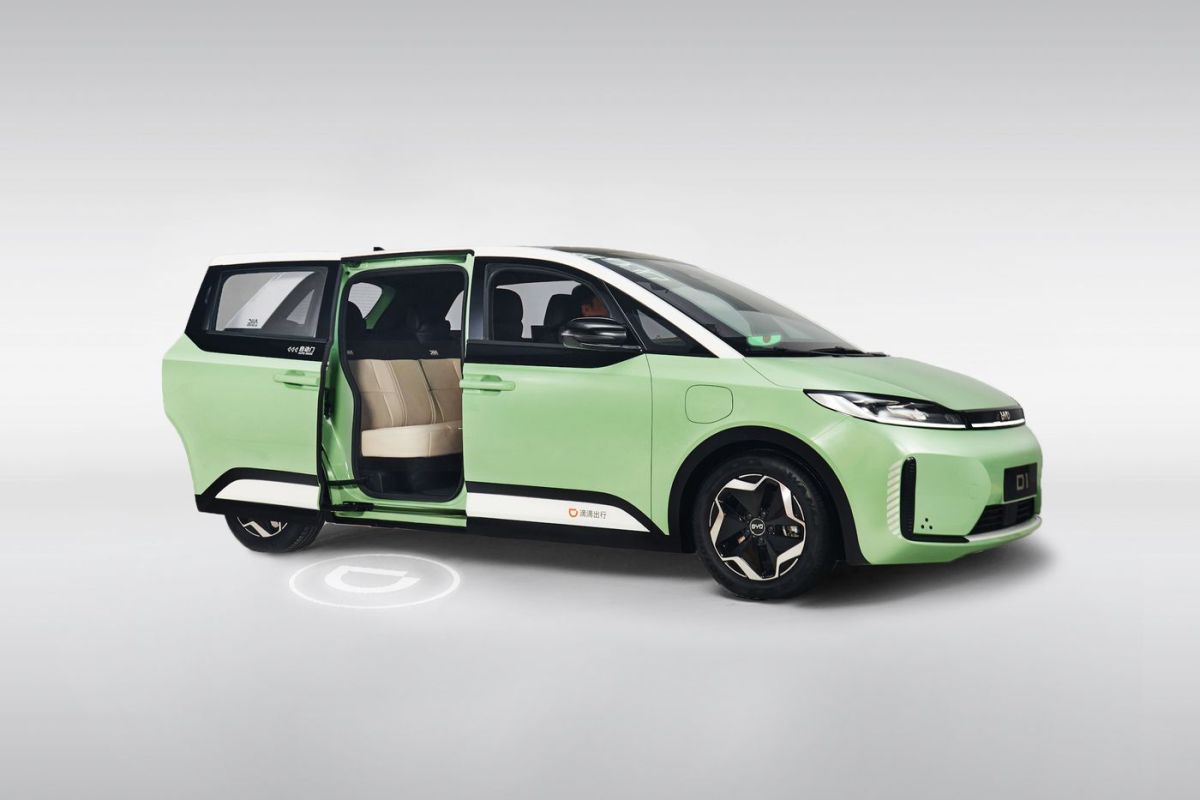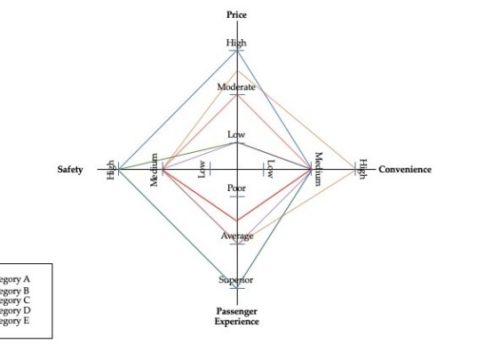
New Mobility News Commentary

There is no question that the pandemic is having a big impact on new mobility. Passenger transportation is down as reported by the dramatic decreases in public transportation ridership and mobility services rides. At the same time, goods delivery services are growing fast as more households are adopting Ecommerce. With these changes as a backdrop and realizing that many of them will stay with us post pandemic, what innovations and news are worth paying attention to?
Three years ago, in The Big Data Opportunity in Our Driverless Future I predicted that we will soon see function-specific vehicles introduced by mobility services companies. I had stated that data collected from the vehicle, the cabin and the transportation infrastructure, combined with the capabilities and economics offered by additive manufacturing and the reliability characterizing electric vehicles will make this possible. In fact, as I wrote then because of data analysis and additive manufacturing we will not only see function-specific vehicles, but we should also be able to create location-specific ones. Such vehicles will enable on-demand mobility services companies to increase vehicle uptime and improve vehicle operating economics while logging 70-100 thousand miles per year, compared to using platforms that were originally designed for use by consumers and driven 10-15 thousand miles per year. Taxi companies in New York and London and logistics companies like UPS and FedEx had figured that out empirically in the past. Now Didi in collaboration with BYD have introduced in China the first vehicle designed specifically for ride-hailing. Didi used data it collected from 550 million and its 31 million drivers to design a vehicle with
- Range of 260 miles;
- Level 2 ADAS that includes lane-departure warning, automatic braking, and pedestrian collision warning;
- Driver monitoring system to ensure that drivers keep their hands on the wheel and stay focused on the road;
- Rear sliding doors to prevent riders from accidentally hitting passengers or cyclists
- Driver seat that is extra comfy for extended use
- Added legroom in the back seat.
Combined with BYD’s broadly tested electric vehicle platform, make this a very smart solution and one that should be followed by other mobility services companies that are serious about optimizing their operating models.
But what about the autonomous vehicles that Transportation Network Companies (TNCs) have been developing? While autonomous vehicles will be able to provide additional improvements to the economics of companies offering ride-hailing, and various forms of ridesharing, their general availability and service introduction are still several years away. The investments they require, the additional progress their technology necessitates, and the issues of regulation, consumer trust, and cybersecurity that will need to be satisfactorily addressed before they can be broadly used for passenger transportation, make Didi’s specialized vehicle introduction look smarter. Not as smart, in my opinion, is Didi’s continued investment in autonomous vehicles even though many companies (startups and large corporations) in China are developing AVs. In Transportation Transformation I discuss how mobility services companies don’t need to, and should not, develop their own autonomous vehicles. Instead, they should become part of the new value chains that are now emerging by partnering with automakers that can create specialized vehicles and companies (technology companies, Tier 1 suppliers, etc.) developing AV stacks. Their focus should be on efficiently operating fleets that include such vehicles rather than developing the vehicles. Didi doesn’t appear to have arrived at the same conclusion whereas Uber has, based on the just-announced sale of its ATG division to Aurora. Lyft continues to invest in the autonomous vehicle technology being developed by its Lvl5 division but is also testing in Las Vegas Motional’s BMW vehicles that are equipped with Aptiv’s AV stack, Waymo’s FCA vehicles in Phoenix.
Even before the pandemic, e-commerce was growing rapidly across many categories. The pandemic has accelerated this trend. As a result of this growth, companies offering last-, middle- and long-haul delivery are having trouble keeping up with the demand for their services. Doordash, Instacart but also UberEats are good examples of this success. Uber’s acquisition of Postmates that followed its smaller acquisition of Cornershop and the large financing round of Uber Freight will not be the last big transactions in this space. I expect that additional passenger mobility services companies will jump into goods delivery adopting a hybrid model. Lyft is also moving into delivery. Distribution and logistics represent important use cases for autonomous vehicles of different form factors. Such vehicles will be deployed for every distance and likely earlier than robotaxis. As a result, we are seeing several large financing rounds in companies like TuSimple, Einride, and Nuro. We’re also waiting to see how Amazon will use the Zoox technology (ride-hailing, logistics or both?) and whether it will combine the vehicles that will be based on that technology with its Scout sidewalk robots.




Leave a Reply